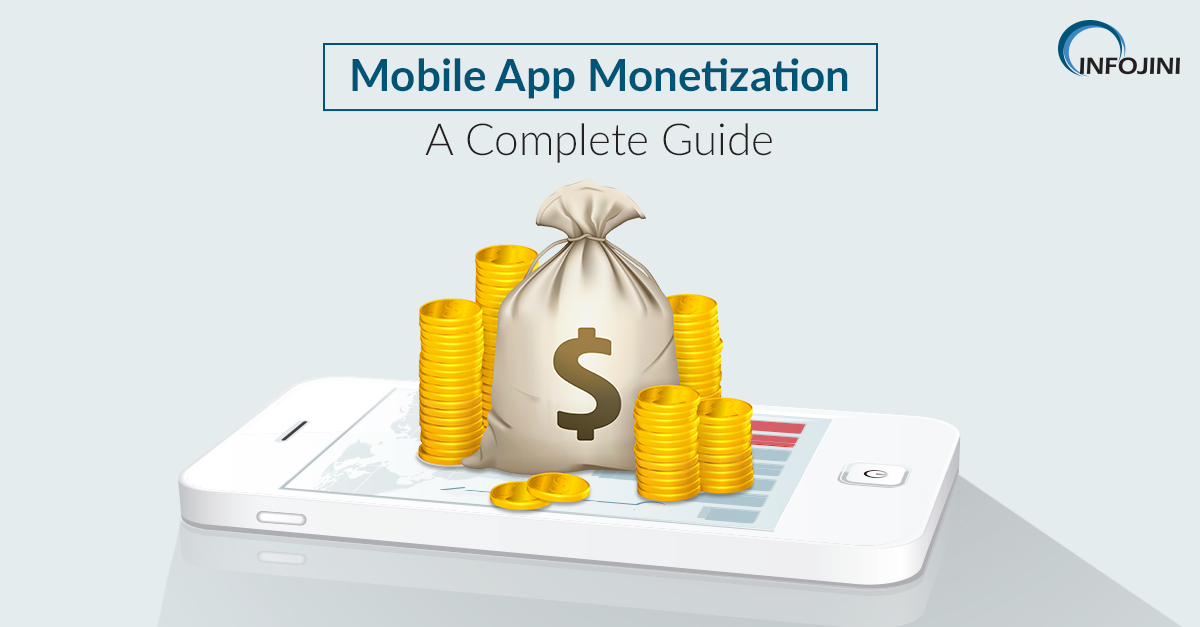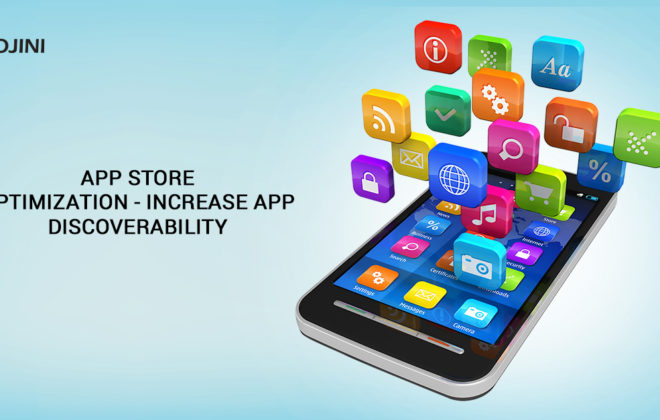Top 5 Quick and Effective Strategies to Monetize Mobile Applications
The strategies through which you can monetize your app are limited. This makes the decision of choosing one monetization strategy over the other difficult. The choice not only depends on the type of app that you sell but also the demographic that you plan to serve. A good mix and match of the strategies mentioned below will help you generate a good ROI (Return on Investment).
Here are the top 5 mobile app monetization strategies that can help you make millions, if implemented correctly.
Paid Downloads
Arguably, the top-of-the-mind way to generate revenue via mobile app monetization is to sell it as a paid application. This way, the users can download and use the application only after paying the money to download it. However, studies suggest that only a small fraction of smartphone users prefer paying a fee to download an app in the first place. Moreover, according to A Smart Bear, the highest rate of conversion goes up to 4%, which is not too lucrative for mobile app owners.
So, what do you do? Simple! Give them a taste of the application before making it fully accessible. You can launch a trial version of the application and hope to convert the free users into paid ones.
In-App Purchases
In case you are not happy with the numbers mentioned above, you can adopt the method of providing in-app purchases to generate revenue. Popular applications like Subway Surfers and Clash of Clans use this method to generate millions of dollars every year. The most popular applications that use this method belong to the gaming genre in the application stores.

Subscription-based Model
A subscription-based model is popularly followed by applications that have the market position to offer online/offline services. One of the most popular music streaming applications in the US, Spotify, uses this model to generate revenue. It is advisable to go with a free trial phase with this model since there is a fair chance of converting the app users only if they get a taste of the offline streaming features. You need to install popular payment gateway plugins into your application source code to ensure that the user can effectively recharge the service without going to a third-party app.
Advertising
Advertising is the quickest way to monetize your application interface. However, the trick in advertisement based monetization lies in placing the ads at the correct time and in the right place. For example, it is common sense that a user will not prefer an application that runs an advertisement constantly over the navigation buttons.
A pro tip is to place full-screen advertisements in the app interface when the application is processing some changes or running a background task that does not require too much attention from the user.
Some of the most popular advertising networks include Admob, Appnext, InMobi, Applovin, MobVista, Airpush etc.
Sponsorships
Partnering with a company for sponsorship on the application allows you to generate a large sum of revenue in a short period. However, this mobile app monetization method works only when your application has achieved a certain level of popularity on the platform.
Bonus: Mobile App Development for Effective Monetization
Integrating a few critical and sensible elements into the application interface will allow you to place advertisements without compromising the user experience. 3 tips that you can follow with correct UX design on apps are:
- Not placing an advertisement on the home page.
- Providing a free trial for in-app purchases.
- Showing advertisements that are relevant to your application’s user base.
Following these tips will ensure that your mobile application development strategy is well-designed to inculcate monetization features. Contact us to know more about which app monetization strategy will work the best for your app.
Related Posts
- The Best Ways to Retain Your Application Users and Prevent Uninstall
- Top Reason to Consider Mobile App Maintenance and Support for Your Business
- How to Integrate Social Features in Mobile Applications Effectively?
Tags In
William B. Young
Subscribe For Updates
Categories
- Accountant
- AI
- Automation
- Awards and Recognitions
- Blue Collar Staffing
- Burnouts
- Campus Recruiting
- Cloud
- Co-Ops agreements
- Company Culture
- Compliance
- contingent workforce
- Contingent Workforce
- COVID-19
- Cyber Security Staffing
- Data Strategy
- Digital Transformation
- direct sourcing
- Distributed Workforce
- Diversity
- Diversity & Inclusion
- Economy
- Events & Conferences
- fleet industry
- Gig Economy
- Girls in Tech
- Global Talent Research and Staffing
- Government
- Healthcare
- Healthcare Staffing
- Hiring Process
- Hiring Trends
- Home Helathcare
- HR
- HR Practices
- HR Tech
- IT
- Labor Shortages
- Life Science
- Local Governments
- News
- Nursing
- Payroll Staffing
- Public Sectors
- Recruiting
- Remote Work
- Skill Gap
- SMB Hiring
- Snowflake
- Staffing
- Staffing Augmentation
- Staffing Challenges
- Talent ROI
- Tech Staffing
- Technology
- Tips & tricks
- Total Talent Management
- UI/UX Design
- Uncategorized
- Veteran Staffing
- Veterans Hiring
- Veterans Hiring
- Workforce Management
Recent Posts
- Automation in Recruiting: From Chatbots to Predictive Screening
- Gig Economy Expansion: The Impact on Talent Pools and Business Models
- Skills-Based Hiring: Why Credentials Alone Don’t Cut It in 2025
- Procurement 3.0: AI & Intelligent Automation in 2025
- Q3 Is Here: Is Your Contingent Workforce Strategy Falling Behind?
Newsletter
Archive
- September 2025
- August 2025
- June 2025
- April 2025
- March 2025
- December 2024
- November 2024
- October 2024
- September 2024
- August 2024
- July 2024
- June 2024
- May 2024
- April 2024
- March 2024
- February 2024
- January 2024
- December 2023
- November 2023
- October 2023
- September 2023
- August 2023
- July 2023
- June 2023
- May 2023
- April 2023
- March 2023
- February 2023
- December 2022
- November 2022
- October 2022
- September 2022
- August 2022
- July 2022
- June 2022
- November 2021
- October 2021
- September 2021
- August 2021
- July 2021
- June 2021
- May 2021
- April 2021
- March 2021
- February 2021
- January 2021
- December 2020
- November 2020
- October 2020
- September 2020
- August 2020
- July 2020
- June 2020
- May 2020
- April 2020
- March 2020
- February 2020
- January 2020
- December 2019
- November 2019
- October 2019
- September 2019
- August 2019
- July 2019
- June 2019
- May 2019
- January 2019
- December 2018
- November 2018
- October 2018
- September 2018
- August 2018
- July 2018
- June 2018
- May 2018
- April 2018
- March 2018
- February 2018
- January 2018
- December 2017
- November 2017
- October 2017
- September 2017
- August 2017
- July 2017
- June 2017
- May 2017
- November 2016
- October 2016



